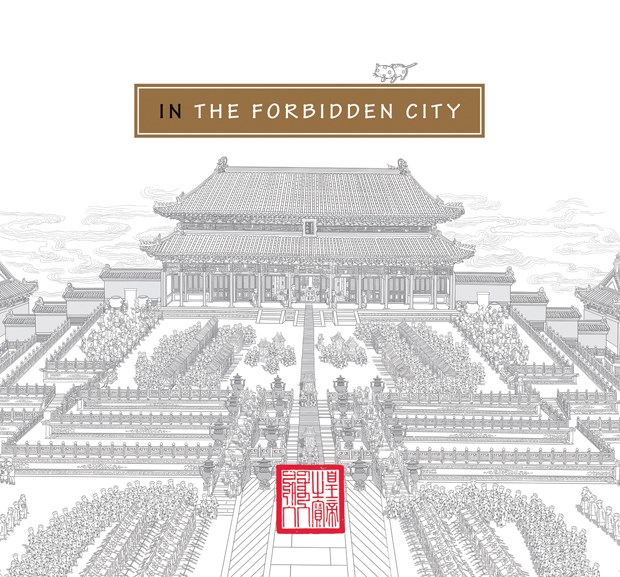The Forbidden City: Inside the Court of China's Emperors, Oct. 18, 2014 to Jan. 11, 2015 at the Vancouver Art Gallery, 750 Hornby St., Vancouver.
The Vancouver Art Gallery is offering visitors a rare glimpse inside a city that was hidden from public sight for some five centuries.
Its newest exhibit features 200 objects borrowed from the Forbidden City, a sprawling complex built in the heart of Beijing at the start of the 15th century that was home to 24 emperors until the end of the imperial era in 1911. The site was renamed Beijing's Palace Museum in 1925 and became a UNESCO World Heritage site in 1987.
The Forbidden City: Inside the Court of China's Emperors showcases items that range from as early as 500 CE until the early 20th century.
"It's a wide range of items, everything from the daily-use items of the emperors to some of the more exquisite, magnificent pieces of art," says Ted Lipman, CEO of presenting sponsor the Robert H. N. Ho Family Foundation, which was founded by West Vancouver resident and philanthropist Robert Ho.
"There's textiles, there is porcelain, jade. .. It's all fabulous stuff and it's all priceless and we're very lucky to be able to borrow it from China," Lipman says. In fact, 80 of the pieces - including textiles, calligraphy works, paintings and armour - have never before travelled outside of China.
"Most people in Vancouver have never been to the Forbidden City and may never have a chance to go, so hopefully (the exhibit) will give them a once-in-alifetime opportunity to see these objects that are really precious and really rare and are not normally shown."
Lipman spent 35 years as a Canadian diplomat and lived in China for decades. He has visited the Forbidden City "countless times," he says, and even he has never seen many of the artifacts on display in Vancouver.
"They're not something that one might just go to China and get to see either, so it's really a treat for Canadians and folks in Vancouver to have an opportunity to be able to see them."
Organized by the Palace Museum and the Royal Ontario Museum, the exhibit was previously in Toronto from March to September. Due to the extremely fragile nature of some of the objects, the Vancouver show is not an exact replica of the original exhibit.
"It's slightly different in Vancouver. Some of the items have been swapped out due to their sensitivity or vulnerability, and it has been sort of re-created for the Vancouver audience, so it's a little bit different than the Toronto exhibition," Lipman says, adding that the flow of the exhibit through the rooms of the gallery will also be different. Regardless of the changes, the intent of the project remains the same. "We hope the exhibition will provide the Vancouver audience with some insight into Chinese culture," Lipman explains.
Coinciding with the opening of The Forbidden City, the Ho foundation is also supporting the launch of two English-language children's books Oct.18 at the Vancouver Public Library. Translated from Chinese, This is the Greatest Place! and In the Forbidden City, are part of a larger education and publishing program designed to teach children about Chinese architecture, history and culture using the Forbidden City as a platform.
"There will be a number of outreach activities associated with these books, including a website that comes live next week, which will then enable students and parents and teachers to really have access to a greater and more profound understanding of Chinese culture which, in this globalized world, is becoming more and more on our doorstep," Lipman says.
The books will be available for sale in the art gallery gift shop for the duration of the Forbidden City exhibit.



